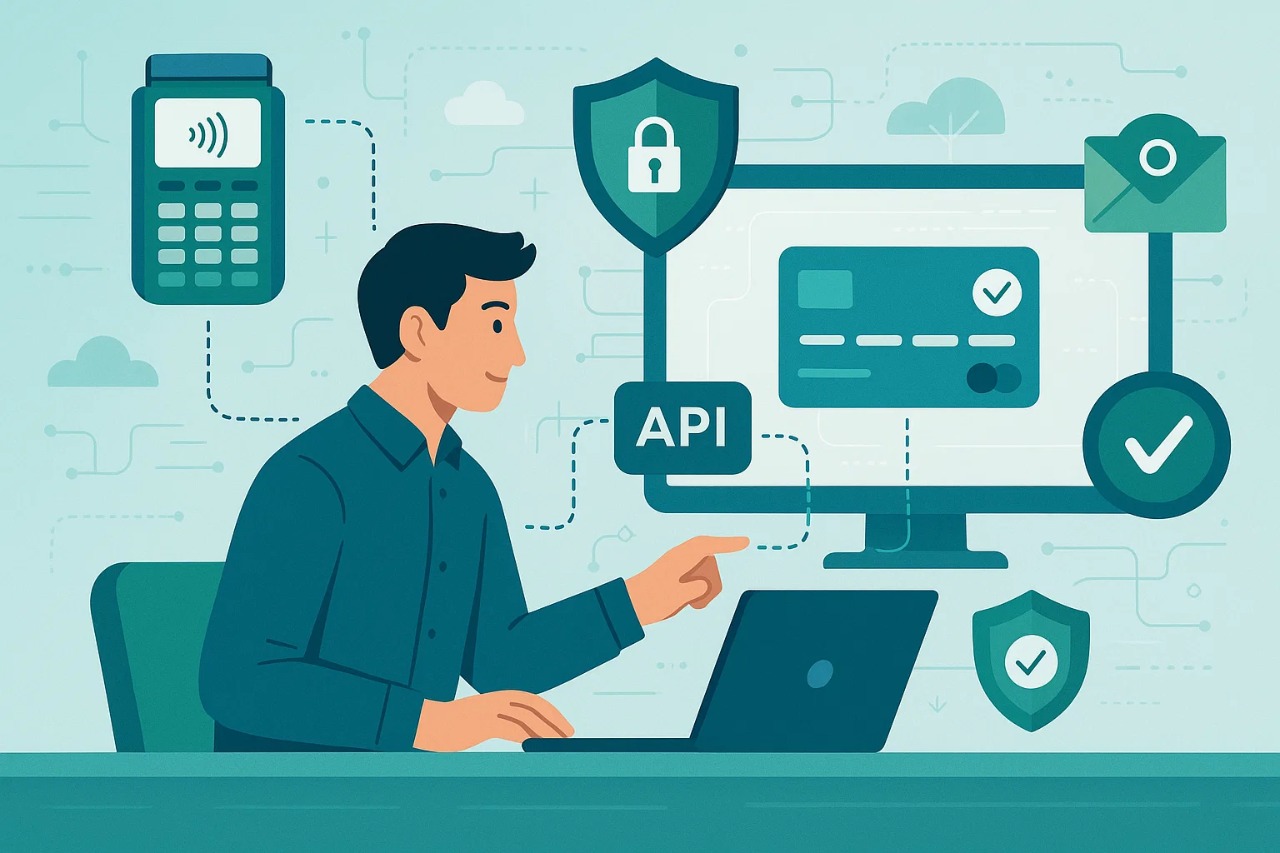disputeresponse Jun/ 24/ 2025 | 0
In the rapidly evolving world of eCommerce, minimizing chargebacks is crucial for maintaining a secure and profitable business. Chargeback prevention tools are a vital part of any merchant’s fraud prevention strategy. Integrating these tools with your payment gateway not only helps reduce the risk of fraud but also streamlines the overall payment process. Here’s how you can successfully integrate chargeback prevention tools into your payment gateway for a smoother and more secure transaction experience.
1. Choose the Right Chargeback Prevention Tools
Before integration, it’s essential to select the chargeback prevention tools that best meet your business needs. Popular options include fraud detection software, address verification services (AVS), and real-time chargeback alerts. Ensure that the tool you choose integrates well with your existing payment gateway for a seamless user experience.
2. Understand Your Payment Gateway’s API
Most modern payment gateways offer API integration options, allowing businesses to link various fraud prevention tools directly to the payment process. Familiarize yourself with the API documentation provided by your payment gateway to understand the technical requirements for integration. By doing so, you can ensure that your chargeback prevention tools will work effectively with the gateway’s infrastructure.
3. Implement Real-Time Monitoring and Alerts
Integrating real-time monitoring and alerts within your payment gateway is essential for preventing chargebacks before they happen. This integration allows for immediate detection of suspicious transactions. The system can automatically flag high-risk transactions and notify you of potential fraud or disputes in real time. By reacting swiftly, you can take proactive measures to resolve issues before they escalate into chargebacks.
4. Leverage Machine Learning for Fraud Detection
Many chargeback prevention tools use machine learning to analyze transaction patterns and detect anomalies. Integrating a machine learning-based tool with your payment gateway enhances your ability to spot fraudulent activities that may go unnoticed by traditional methods. These advanced systems learn from historical data and improve over time, increasing their effectiveness in identifying fraudulent transactions.
5. Enable Chargeback Dispute Management Integration
Another essential component of chargeback prevention is effective dispute management. By integrating chargeback dispute management tools into your payment gateway, you can streamline the process of handling chargeback cases. These tools help automate the collection of evidence, submission of rebuttals, and communication with the acquirer, reducing the workload and increasing the likelihood of winning disputes.
6. Test Your Integration
Before fully deploying your chargeback prevention tools, conduct thorough testing to ensure everything works as expected. Perform test transactions to verify that the system is flagging and processing potential chargebacks accurately. Testing also helps ensure that the integration does not interfere with the normal payment process or create delays.
7. Regularly Update Your Tools and Systems
As new fraud techniques emerge, it’s crucial to keep your chargeback prevention tools up to date. Regularly updating both your payment gateway and chargeback prevention tools ensures that your system remains secure and efficient in handling new fraud threats. Stay informed about updates and best practices from your tools and payment gateway providers to maintain a high level of protection.
Conclusion
Integrating chargeback prevention tools with your payment gateway is a vital step in safeguarding your business against fraud and disputes. By selecting the right tools, understanding the technical aspects of integration, and regularly testing and updating your system, you can protect your business and improve your payment processes. Take the time to integrate chargeback prevention effectively, and your business will be better positioned to handle chargebacks, reduce fraud, and maintain healthy profit margins.



